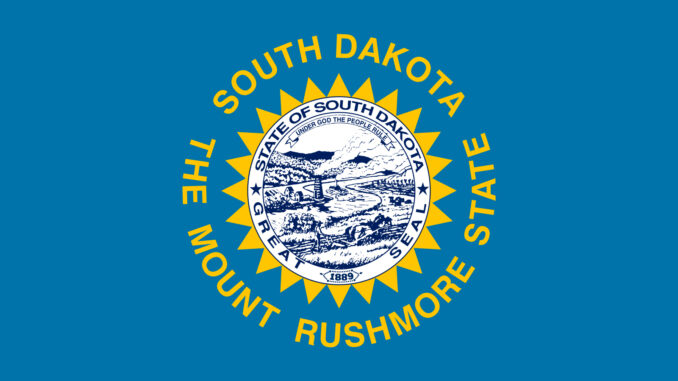
SIOUX FALLS, S.D. (AP) — South Dakota lawmakers tasked with redrawing the state’s political boundaries set a framework Monday that will allow them to speed through the once-in-a-decade process on a tight schedule this year.
The two committees responsible for drawing the new legislative districts began their work in earnest Monday after the U.S. Census Bureau released detailed data earlier this month. Lawmakers only have about 10 weeks to propose districts before a special session of the Legislature convenes Nov. 8. The Census Bureau’s data was delayed due to the coronavirus pandemic.
“We’re in for a very compact and a very intense schedule over the next two months to get all this accomplished,” Republican Sen. Jim Bolin told the committees, which met jointly Monday.
Republican lawmakers cited the shortened process in setting two parameters that will guide their work: Keeping new legislative districts between a lower threshold of 24,066 residents and an upper threshold of 26,600 people, and restricting access to the Legislature’s map-drawing software to committee members only.
Legislative research staff said they were worried their work would get bogged down if the general public was allowed to propose maps through its software and pointed out that people could create their own map proposals through other open-source applications.
Rep. Ryan Cwach, who is one of just two Democrats on the committees and the only one in attendance Monday, opposed both moves by the committee.
“My goal here is to draw good districts and fair districts,” he told lawmakers, adding that he wanted more time to dig into the data before setting the population threshold guidelines.
Democrats hold about 10% of legislative seats, so proportionately, the redistricting committee is in line with the Legislature’s makeup. However, areas with large Native American populations — which in recent years have often sent Democrats to the Statehouse — present one of the largest redistricting challenges.
Federal law requires that racial minorities receive adequate representation in legislative boundaries. Republican lawmakers have said they will focus on areas encompassing tribal reservations and plan to hold public input sessions near the Rosebud and Pine Ridge Indian Reservations.
But O.J. Semans, a Native American voting rights advocate, told the committee it was already not doing enough groundwork to ensure Native American voices are heard. He and other voting rights advocates have pushed the committees to hold the meetings on reservation land and initiate meetings with tribal governments.
“As currently planned, the schedule is not accessible to most rural Native residents,” he said in a statement. “It is crucial that the committee hold hearings on reservations themselves, not simply in the communities that neighbor reservations.”
Lawmakers will hold a series of public input sessions across the state in October.
Besides focusing on areas with a large proportion of Native Americans, the state’s two largest cities — Sioux Falls and Rapid City — are also expected to present a challenge to the committee. Those areas grew the most over the last decade, meaning legislative representation should shift in their direction.
Lawmakers are planning to carve out pieces of the map covering Sioux Falls and Rapid City so they can focus on drawing districts there. But Republicans were split on how quickly to move forward with that action. Some argued they needed more time to study data so they could determine the best boundaries to draw around the cities. They decided to wait until next month to move forward with those plans.
